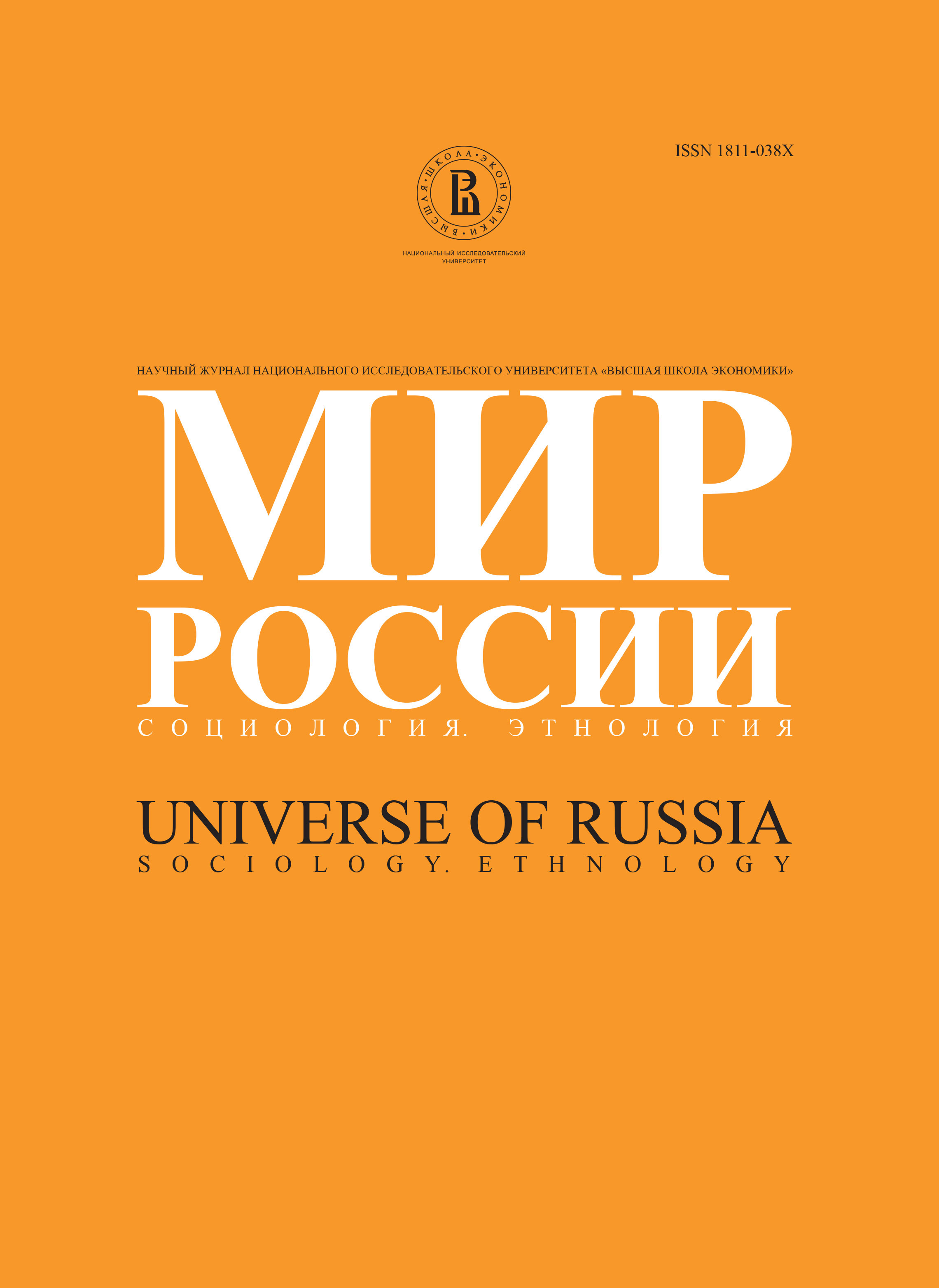From dirt to criminality: dynamics of perception of social problems by the St.Petersburgians
Abstract
In a study of survival strategies in changing living conditions in St.Petersburg, Russia, 100 families were interiviewed in extensive thematic and qualitative interviews in the years 1993 to 1995. As one of the themes, the families were asked to discuss what they regarded as the most acute social problems in the city. First analyses of the interviews from 1993 and early 1994 already provided a somewhat unexpected result. A complex of symbolically loaden issues that centered around dirt and disorder in public places was the most frequently mentioned of 15 broad problem categories used in the analysis. Dirt left problems like crime and poverty clearly behind. Qualitative analysis of the mentions of dirt showed how this seemingly quite material problem carried connotations to almost existential aspects of the life in transitional St.Petersburg.In the present paper, we continue the analysis including interviews from late 1994 and 1995. In this later part of the study, crime becomes the most worrisome social problem, but dirt still keeps the second place. For each year, we provide a schematic map of social problems, using axes of symbolic/practical, public/private and individual/collective as the dimensions.The study of links between various problem mentions shows how dirt and crime were in a central position between the symbolic and practical poles of the map. Three more general categories of problems on the basis of their interrelationships were defined. Dominating problems were those most frequently mentioned. In this group, the move from dirt to crime was visible. Generating problems were those which produced largest number of further mentions on some other problems. Here again, dirt was the main generator in 1993, to become replaced by crime in 1995. The third category was that of resulting problems, i.e. problems that were mentioned as a concomitant or consequence of some other problems. In this group, distrust towards authorities and political actors was the most important each year.
The overall interpretation of the results is that the year 1993 was a critical turning point when the symbolic order of the St.Petersburgians was seriously shattered. In later year, an adaptation took place, making it possible to push symbolically loaden aspects aside and giving space for more practical and "ordinary" social problems like crime. Importantly, however, this adaptation did not decrease the distrust towards those in power. The results also show that the respondents' views on social problems do not reflect trends in so called objective problem indicators, like official statistics.






